

As Instagram continues to add new and interesting filters for its users, it’s becoming increasingly difficult to get a handle on which filter works best with what kind of image. So we figured we’d do something about it. Here you’ll find everything you need to know about what each filter does, what it’s best used for, and we’ve got some examples for you to look at.
Before we get to the list, it’s important to note two things. First, the use of Instagram filters, like just about anything in the art of photography, is incredibly subjective. Second, there are no hard and fast rules. Sometimes, a filter works with an image you wouldn’t expect it to. Don’t limit yourself to these suggestions.
Instagram founder Kevin Systrom has taken to Quora a few times to explain to users how they come up with their filters. In response to one question he says:
It’s really a combination of a bunch of different methods. In some cases we draw on top of images, in others we do pixel math. It really depends on the effect we’re going for.
For instance, Lomo-fi really isn’t much more than the image with boosted contrast. Whereas Toaster is one of the most complex (and slow, yet popular) filters we have with multiple passes and drawing.
In another, he says:
Our filters are a combination of effects – curve profiles, blending modes, color hues, etc. In fact, I usually create them in Photoshop before creating the algorithms to do them on the phone.
Now, on to the filters. This is the complete list of filters currently available in the app but if you can’t see any of them, open up an image, scroll to the end of the filters, and hit ‘Manage.’ There you can turn filters on and off.
What it does: Originally released as a video-only filter, Clarendon was later made available for photos as well. It intensifies shadows and brightens highlights in your photos.
Use it for: This filter looks great with pet photos and minimalist images where you want the colors to pop.
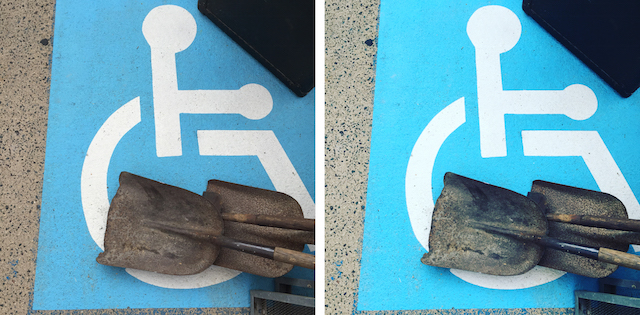
What it does: Gingham is another previously video-only filter. When you use it for your photos, it washes them out. If using with a darker photo, it gives it can give it a yellowish tone. If using it with a photo filled with light, it gives it a brighter, dreamy look.
Use it for: Gingham is reminiscent of some of the more popular VSCO filters, and gives images a vintage feel. This is definitely one for the hipsters and fashionistas.
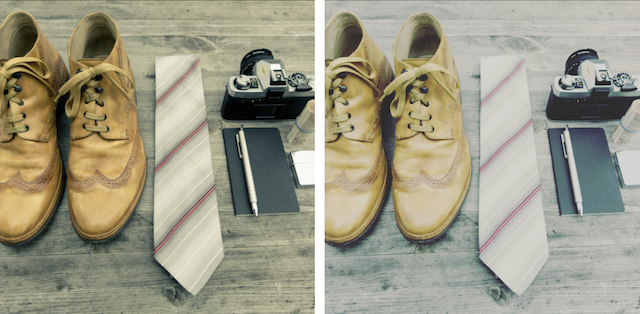
Photo: Markus Spiske
What it does: This filter was also originally meant only for video, and was named after an Instagram team member’s dog. Think of it as the black and white version of Gingham, with slightly more intense shadows.
Use it for: This filter is best used for the ultimate vintage look. Moon works best with portraits.
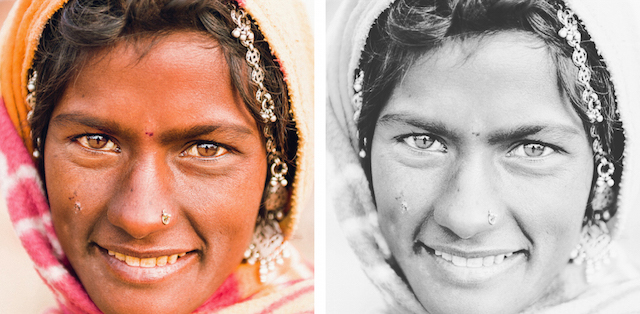
Photo: A. Vahanavati
What it does: Lark brightens your images and intensifies all your colors, with the exception of red.
Use if for: Use lark with your outdoor nature landscapes and outdoor portraits. The filter does great, albeit subtle, things for sun-kissed skin and greens and blues of trees and skies. It can also be a good filter for some food shots to bring out some great colors in the dishes you want to show off.
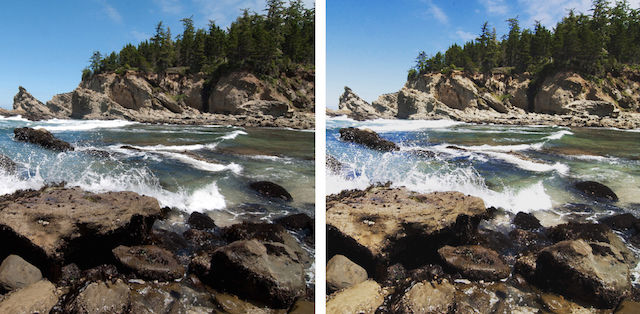
What it does: Reyes is a relatively new addition to Instagram’s vintage filters. The filter desaturates your image, brightens it up, and gives it an old-time feel.
Use it for: Reyes is another great filter for portraits, particularly if you’re trying to hide any blemishes on your skin. If you usually use another app retouching your photos, you won’t need to do that with Reyes.

What it does: Juno is another filter which intensifies colors, but this time, its brightening up your reds, yellows, and oranges.
Use it for: Street photography really pops with Juno. The filter makes the grungy look grungier, and gives photos a rich, deep tone.

Photo: Phil Roeder
What it does: This filter creates a yellow mask which desaturates most of the images colors.
Use it for: Slumber has a very fitting name as it really adds a dream-like quality to your photos. Use this filter if you want a combination of a vintage and romantic feel. This works particularly well with street photography and nature shots.
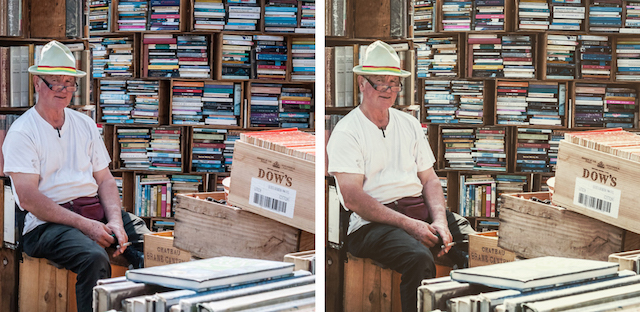
Photo: Sjoerd Lammers
What it does: Crema is another vintage filter, that desaturates images, and smooths out (but also washes out) skin tones.
Use it for: Crema appears to be popular with Instagram users for food shots, but in particular for their coffee shop shots. It also works really well with outdoor nature-scapes, whether green or blue, and city shots.
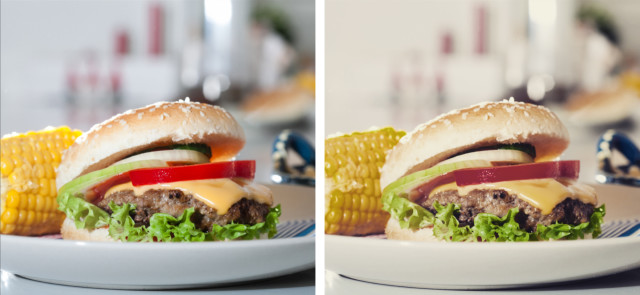
Photo: Daniel Carlbom
What it does: Ludwig is an intense filter. Warm colors are warmer, cool colors are darker, and shadows and highlights more pronounced.
Use it for: Ludwig is a good filter for cityscapes, buildings, sunsets, and can even add an interesting effect to black and white photos.

Photo: GMP Architecture
What it does: Aden is a low-contrast filter which softens your images, desaturating them slightly, and giving them a pastel effect. It also warms the cooler colors.
Use if for: This filter works well with portraits as it also has a skin-smoothing effect. Aden also works beautifully with fall images and photos with lens flare.
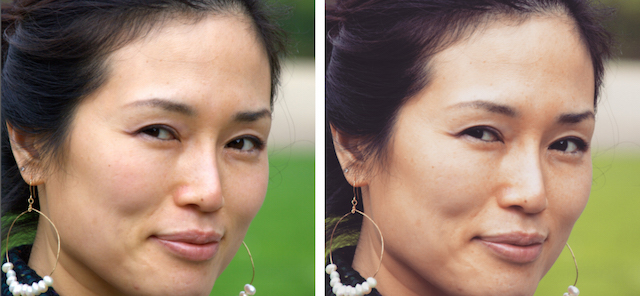
Photo: Jerome Decq
What it does: Perpetua will brighten an image, and enhances its green and yellow tones
Use it for: Perpetua works well with outdoor shots, especially on the beach. You probably won’t want to use it with portrait shots as it gives skin a very unnatural tone.
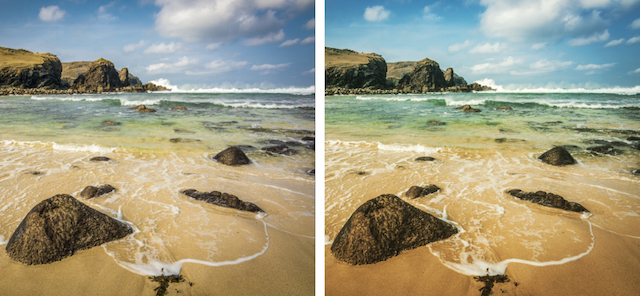
Photo: Chris Combe
What it does: Amaro brightens the center of your photo. And I mean really brightens. In some photos, it appears to add vignetting to the border of your images.
Use it for: Amaro can give your photos an aged appearance. It works particularly well with fall photos, and street photography.
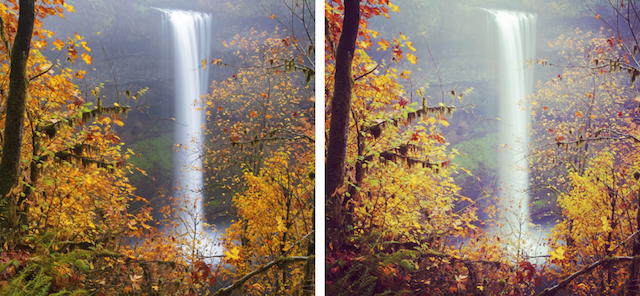
What it does: Mayfair warms up the colors of your photos, placing something of a spotlight in the center of the image, with very subtle vignetting around the corners.
Use it for: Instagram suggests you use Mayfair for brightly lit images, together with the app’s Lux feature, which auto-adjusts contrast in underexposed images.
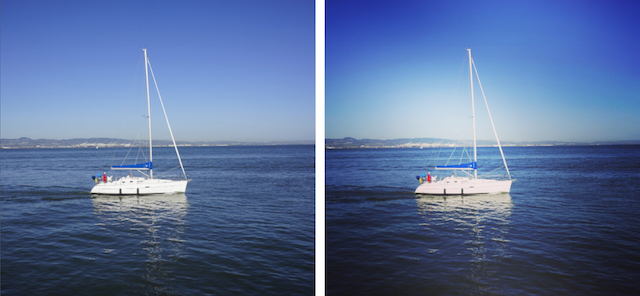
Photo: Bit Boy
What it does: Rise gives your photos a subtle, yellow glow, brightening up your image, and giving it just a hint of vintage.
Use it for: As is the case with most filters that have a vintage feel to them, Rise is great for portraits. You’re ready for your closeup with this filter.
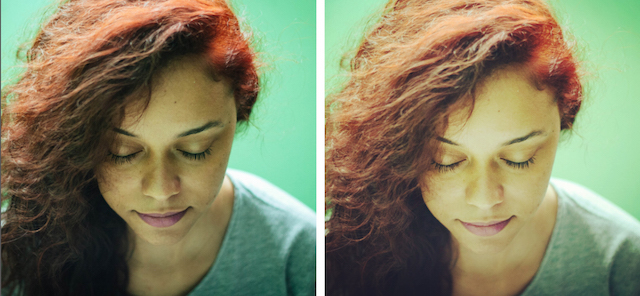
Photo: Ranna Nicolau
What it does: The Hudson filter definitely gives your images a cooler look — and by cooler we mean colors. Any warm colors in your image are going to be tempered, and it also adds a subtle vignette to your photo.
Use it for: This is a great filter for outdoor shots — whether you’re taking photos in a bustling city center, or a gorgeous nature shot, particularly if you’re going for an icy, winter look.
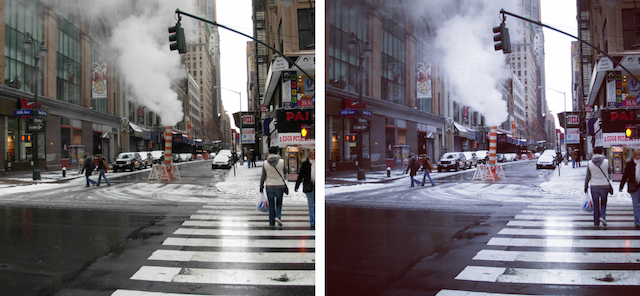
Photo: Paul Churcher
What it does: If you’re a child of the eighties, this filter, with its yellow tint, will look like your childhood photographs. Colors are just slightly brightened, kind of like you flipped a switch on the scene.
Use it for: Valencia is a pretty versatile, all-purpose filter, as is shown by these photos with the filter. Use it with an image you want to look old-school.
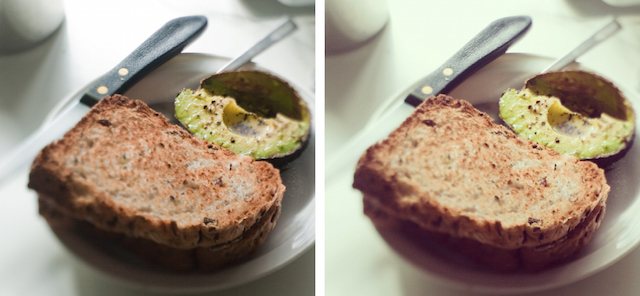
Photo: Jonathan Lin
What it does: This is by no means a subtle filter. It bumps up the contrast, adds a strong vignette, and makes all of the colors warmer.
Use it for: You’ll want to avoid using X-Pro II with closeup portraits because of the effect it can have on the skin, but it works really well with wider shots — city, nature, and fashion shots all look good. You’ll just want to start with an already bright image.
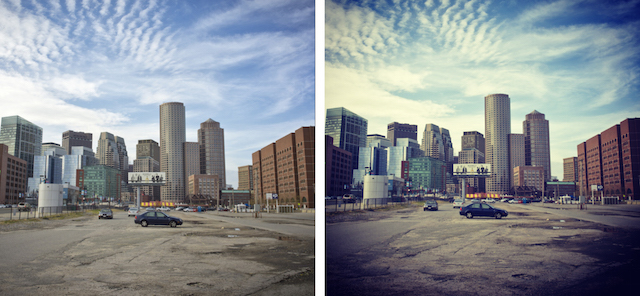
Photo: Soe Lin
What it does: Sierra is another dreamy filter, which is comparable to Rise. That said, it has a darker feel than Rise, thanks to some vignetting, and a well-lit center.
Use it for: This is a filter that works well with outdoor nature photos and photos of objects. This is probably another hipster favorite.
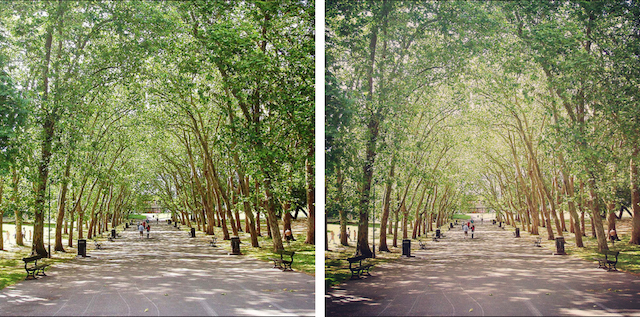
Photo: Ewan Munro
What it does: This monotone filter is the closest thing Instagram has to a sepia filter. It’s somewhere between black-and-white and sepia without appearing kitschy.
Use it for: Willow looks great on skin so it’s a must-use for portraits. It also works great with beach scenes and macro nature shots.
Photo: Takuya Asada
What it does: Lo-fi brightens colors by bumping up the saturation, while also adding shadows to your photo.
Use it for: Lo-fi is often recommended as a must-have for food photography, but it also works with photos with lots of trees and grass.
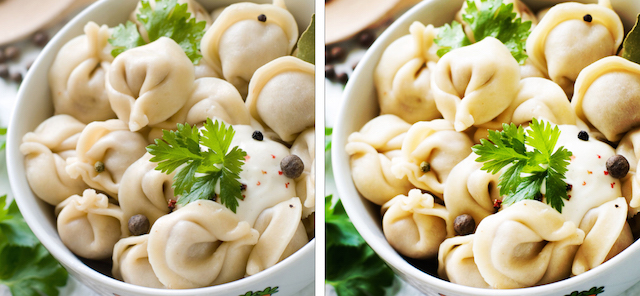
Photo: Michael Stern
What it does: Inkwell is Instagram’s basic black-and-white filter.
Use it for: This versatile filter works well with portraits, and has an interesting effect on outdoor nature shots.
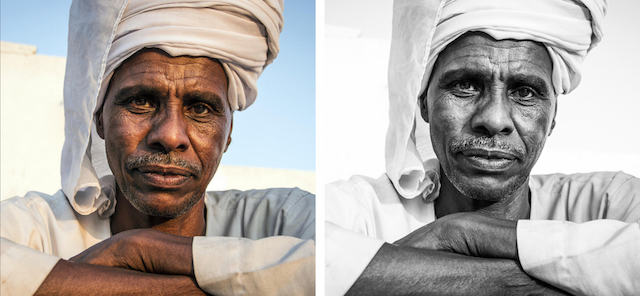
Photo: Christiaan Triebel
What it does: Hefe is another filter that increases color saturation, adds a bit of vignetting, and warms up your image.
Use it for: This is an easy way to increase saturation in any image with just one click. This is particularly useful with nature shots.
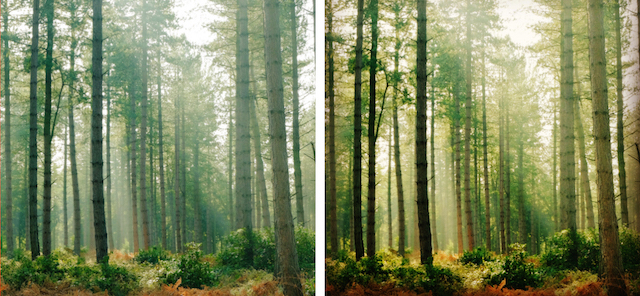
What it does: The filter’s pink tint warms up the image’s colors, while also simultaneously brightening the whole picture.
Use it for: Nashville is similar to Valencia in terms of the old-school look in your photos, but is slightly more pronounced. This is another good filter to use with any image you want to look vintage.
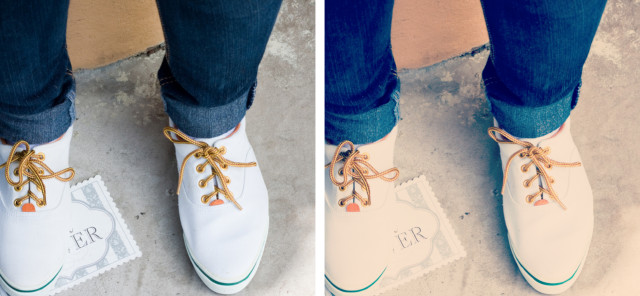
Photo: John
What it does: Early bird desaturates your image quite a bit, with the bright colors still coming through. It also adds a sepia tint and vignetting to your photo.
Use it for: This is Instagram’s original hipster, vintage filter. Just about any photo instantly feels like it was taken decades ago with the help of Earlybird.
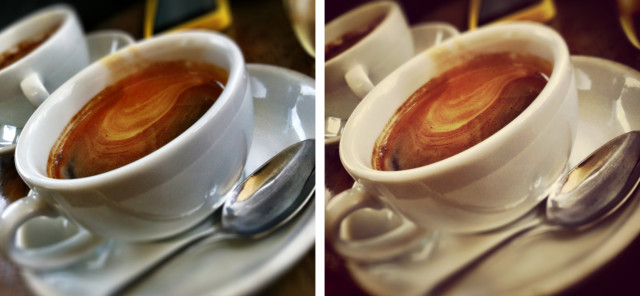
Photo: Katherine Lim
What it does: Sutro adds a very noticeable vignette, darkens your image, and gives images a smoked look, with particular emphasis on purple and brown colors to achieve this effect.
Use it for: Use Sutro for just about anything except for portraits. (Unless you want your subjects to look like zombies. If that’s what you’re going for, then Sutro is your best bet.) Naturscapes with Sutro look more mysterious, sunsets more sinister, and cloudy skies more intense.
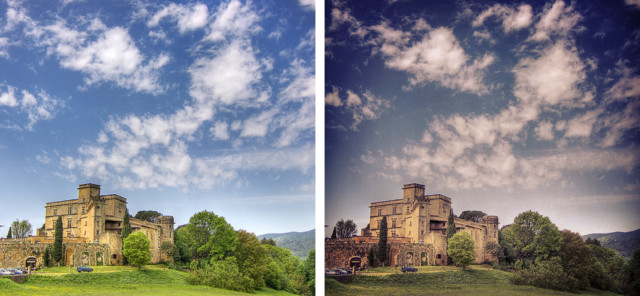
Photo: Salva Barbera
What it does: This is another filter that will look familiar to a child of the eighties. The filter adds a dodged center to your photo with a strong red tint and a burnt edge. The filter, essentially, toasts your image, making images look like they were taken with instant film.
Use it for: Toaster works well with outdoor images, preferably during the day. Night shots taken with your phone don’t look good with Toaster.
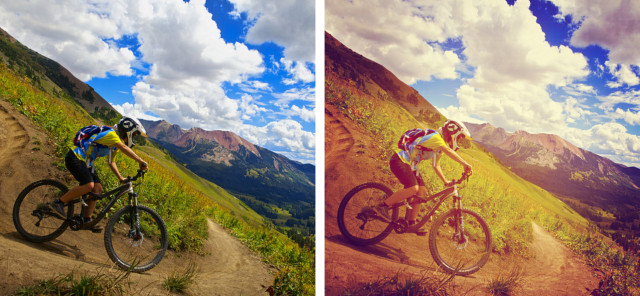
Photo: Zach Dischner
What it does: Brannan is a high contrast, high exposure filter which brightens your photos and gives them a yellowish tint.
Use it for: If you want your portraits to look like they were taken a century ago — this is a great filter for you. Otherwise, its an image that works really well with waterscapes or nature images, giving them a wintry look.
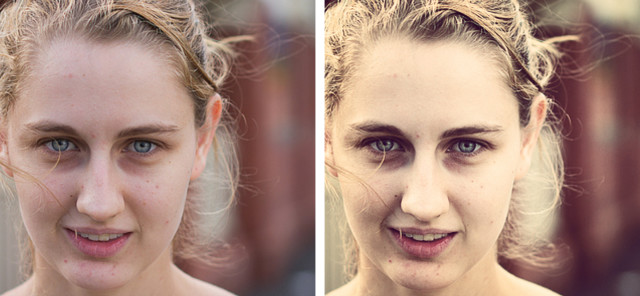
Photo: Logan Campbell
What it does: The aptly named 1977 gives your images a faded look, adding a red tint.
Use it for: Photos are instantly old-school with this filter, and if you’re a child of the seventies — this is one you will recognize and love. It looks best with outdoor beach and lake scenes, and looks particularly good with lens flare.
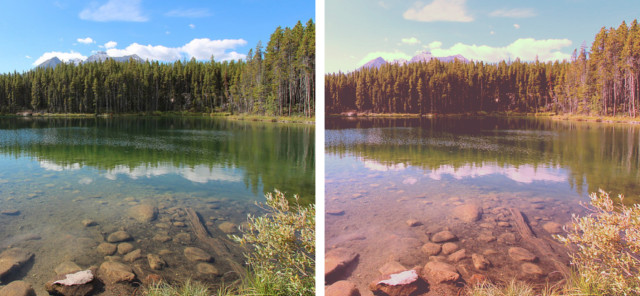
Photo: Dave Bloggs
What it does: If there’s a little bit of sunlight in your image, Kelvin makes it look golden, like the photo was taken during that perfect moment in the late afternoon, when the sun is shining just right.
Use it for: Kelvin works with photos with a lot of natural light, or a concentrated amount of artificial light.
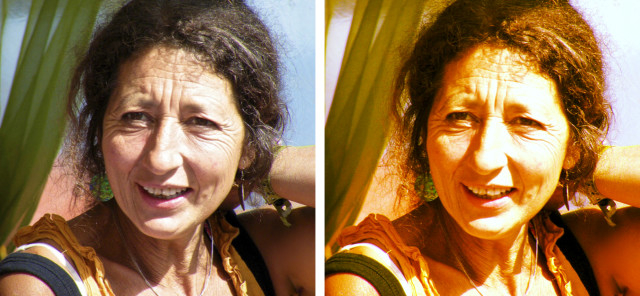
Photo: Kate Hiscock
What it does: Walden brightens the center of your image, adding an icy blue tint to your colors.
Use it for: Walden is at its best when used on portraits, but also works well with any well lit images, giving them an even more vintage look.
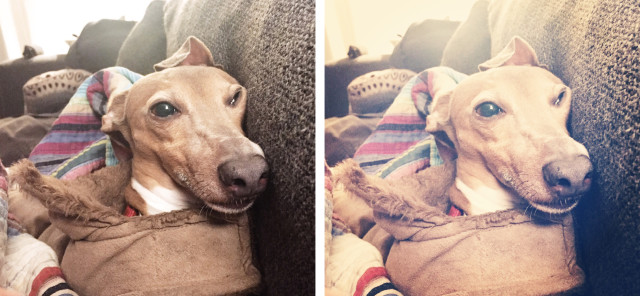
What it does: Stinson is a subtle filter that brightens your image, washing out the colors ever so slightly.
Use it for: Stinson works well with portraits and beach shots, or any image you want to brighten up a little, and give a subtle nostalgic and vintage look.

Photo: Vinoth Chander
What it does: Vesper smooths out skin tones, and also adds a yellow tint that, like with many of Instagram’s filters, it gives it a vintage feel.
Use it for: Portraits. Portraits. Portraits.
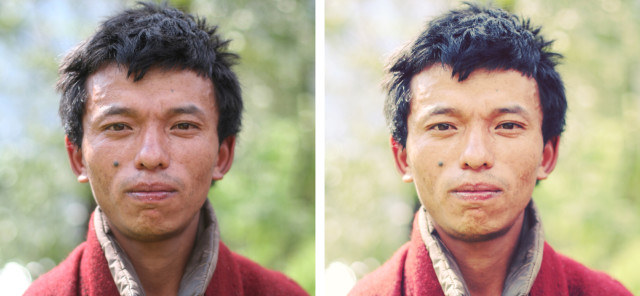
Photo: Radio Free Barton
What it does: Maven darkens images, increases shadows, and adds a slightly yellow tint overall.
Use it for: Maven works well with architecture, and has an interesting effect on blue skies and green lawns. You’ll want to avoid it with portraits, in large part because of the shadows it adds to your images.
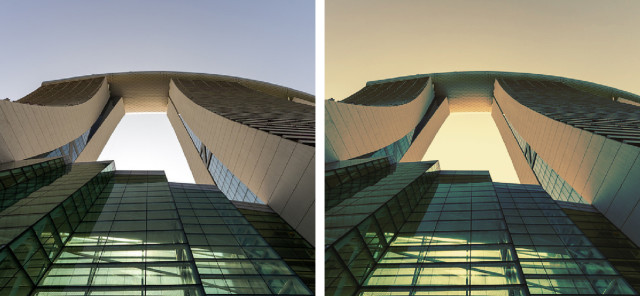
Photo: Kai Lehmann
What it does: Another brightening filter, Ginza adds a warm glow to your photos.
Use it for: Outdoor photos, weather landscapes, seascapes, portraits, or city shots, look good with a bit of Ginza on them, as do fashion shots.
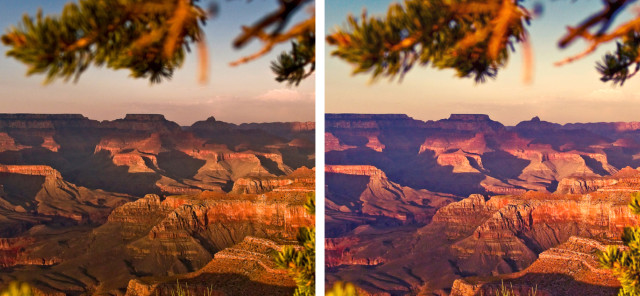
Photo: Paul Fundenburg
What it does: Skyline is like the autocorrect of filters. It brightens colors in your image, giving them a nice pop.
Use it for: Any image you want to brighten a little.
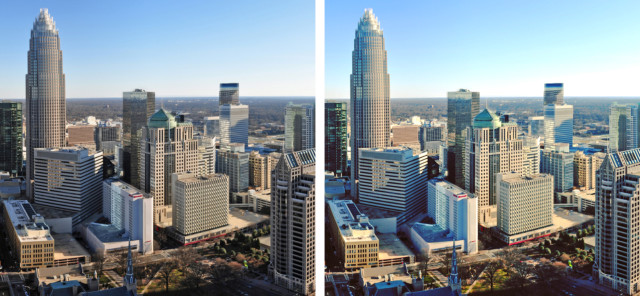
Photo: James Willamor
What it does: Dogpatch increases the contrast in your image, while also washing out the lighter colors.
Use it for: Instagram recommends using this filter if you’re going for a dramatic look. Like many Instagram filters, its better used with a brightly lit image. The filter doesn’t work well with a dark night sky.
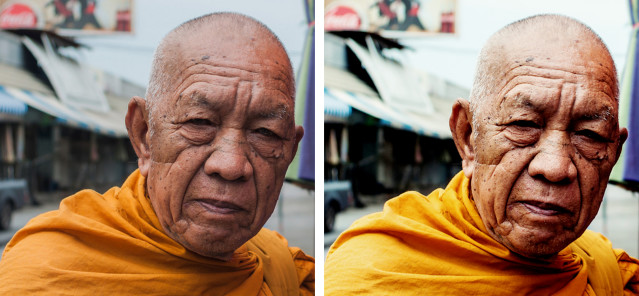
Photo: Mark Fischer
What it does: Instagram points out that Helena adds an orange and teal vibe to your images.
Use it for: Helena offers Instagram users a great way to add a bit of warmth to your image. It works well with portraits and with outdoor shots.
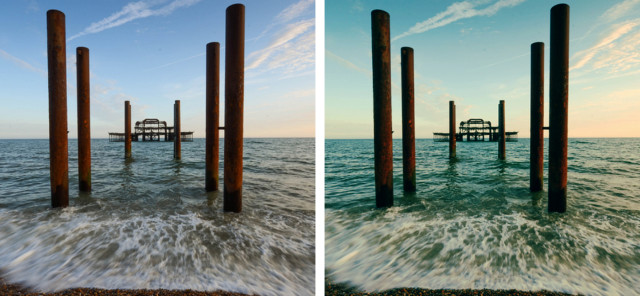
Photo: Don Crossley
What it does: This filter gives images a great golden glow and a subtle vintage feel. What’s nice about this filter, compared to filters like Rise and Sierra, is that it does so without increasing shadows in the image.
Use it for: Portraits, or any image you want to give a very slightly vintage feel without it being very overpowering.
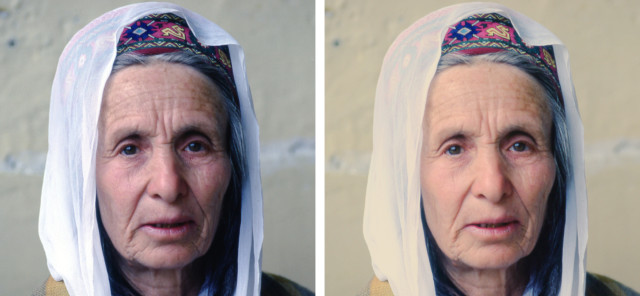
Photo: Jenny Downing
What it does: Charmes is a high contrast filter, warming up colors in your image with a red tint.
Use it for: Busy street and city shots work well with Charmes. The filter works particularly well with dimly lit images.
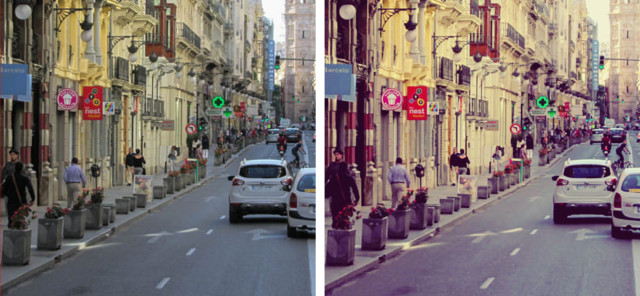
Photo: Jocelyn Kinghorn
Want more suggestions on how to use Instagram? Check out how travelers can use the app.
Now we turn it over to you. What are you favorite Instagram filters? What do you use them for? Let us know in the comments.
Image Credits:Medium format Camera by Philip Hunton via Shutterstock

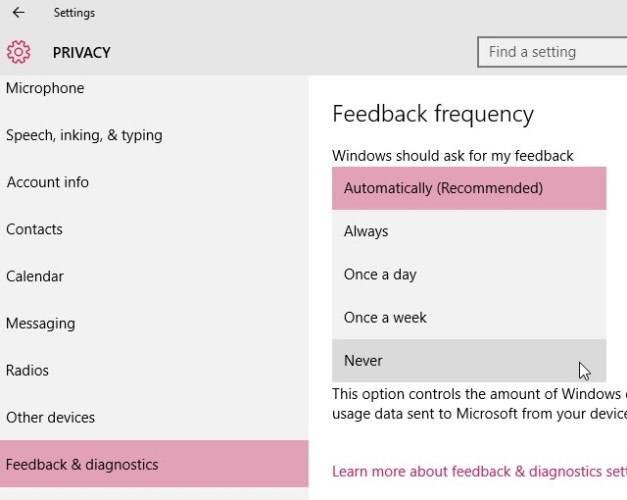
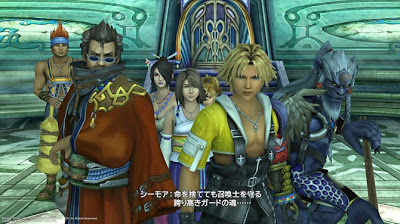
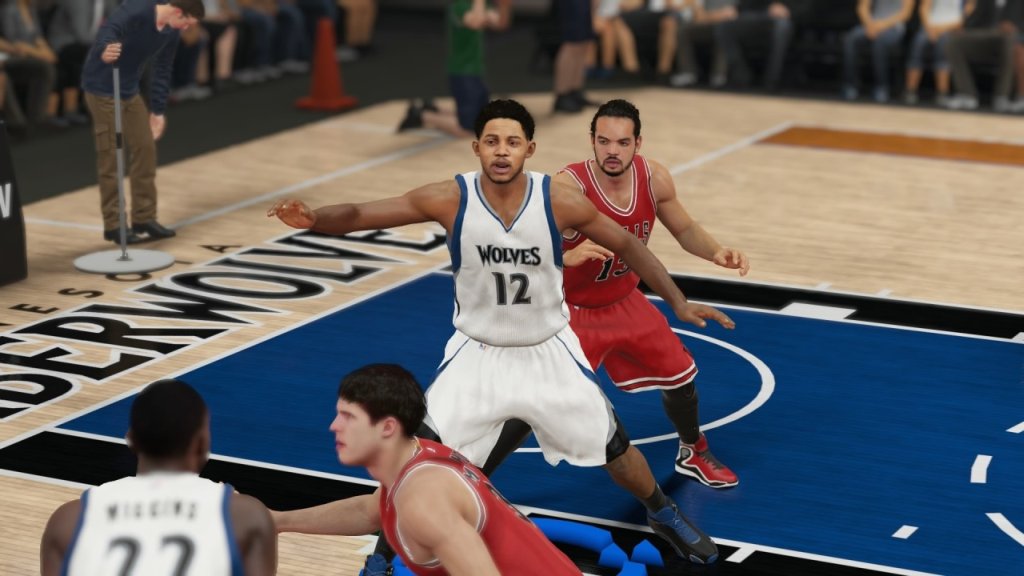
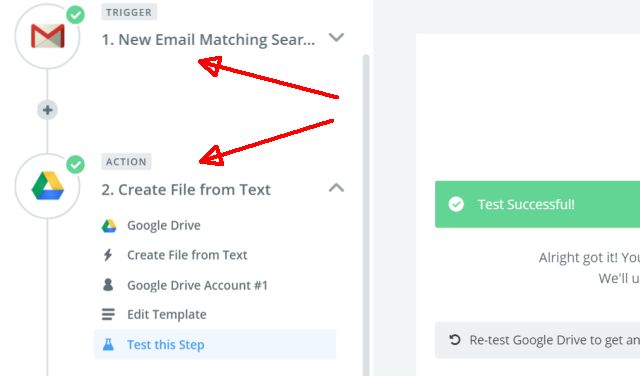 Create Awesome Life Automations with Multi-Step Zaps
Create Awesome Life Automations with Multi-Step Zaps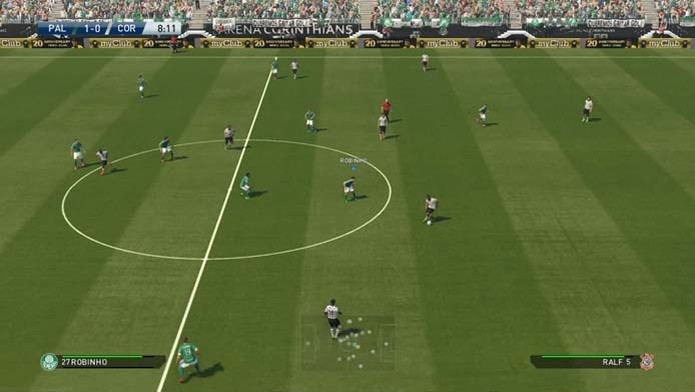 PES 2016 Attacking and Defending tips
PES 2016 Attacking and Defending tips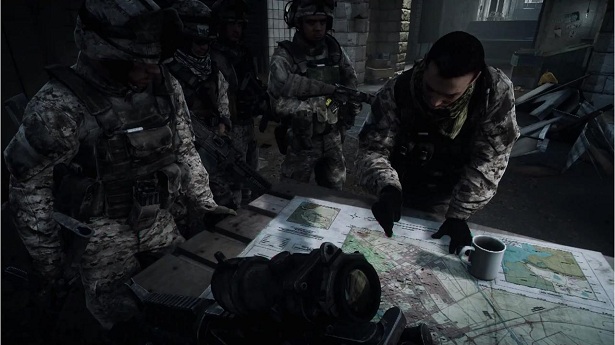 Battlefield 3 Walkthrough
Battlefield 3 Walkthrough Deus Ex: Mankind Divided Wiki – Everything you need to know about the game .
Deus Ex: Mankind Divided Wiki – Everything you need to know about the game . Assassin’s Creed: Brotherhood Multiplayer Guide
Assassin’s Creed: Brotherhood Multiplayer Guide